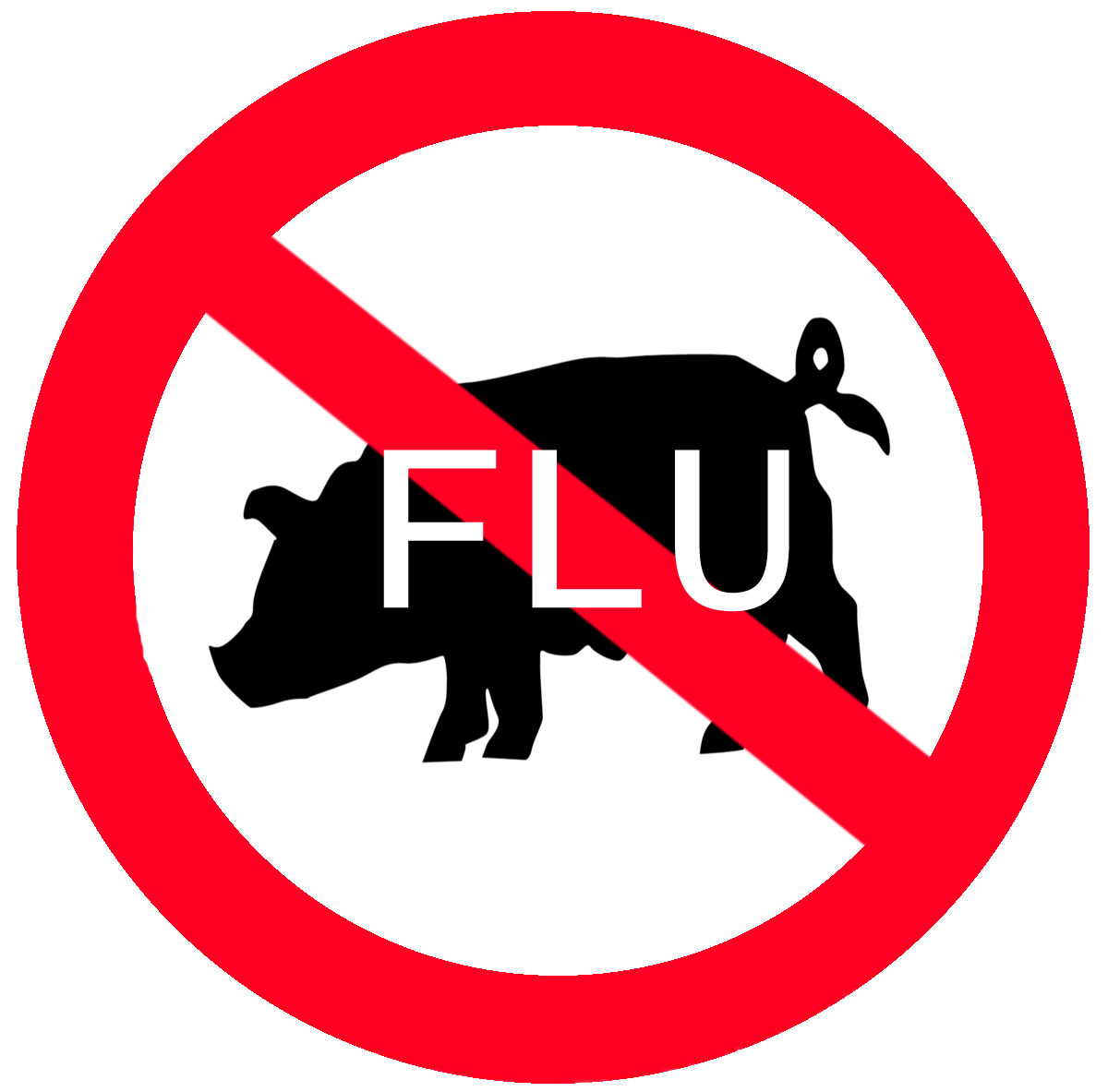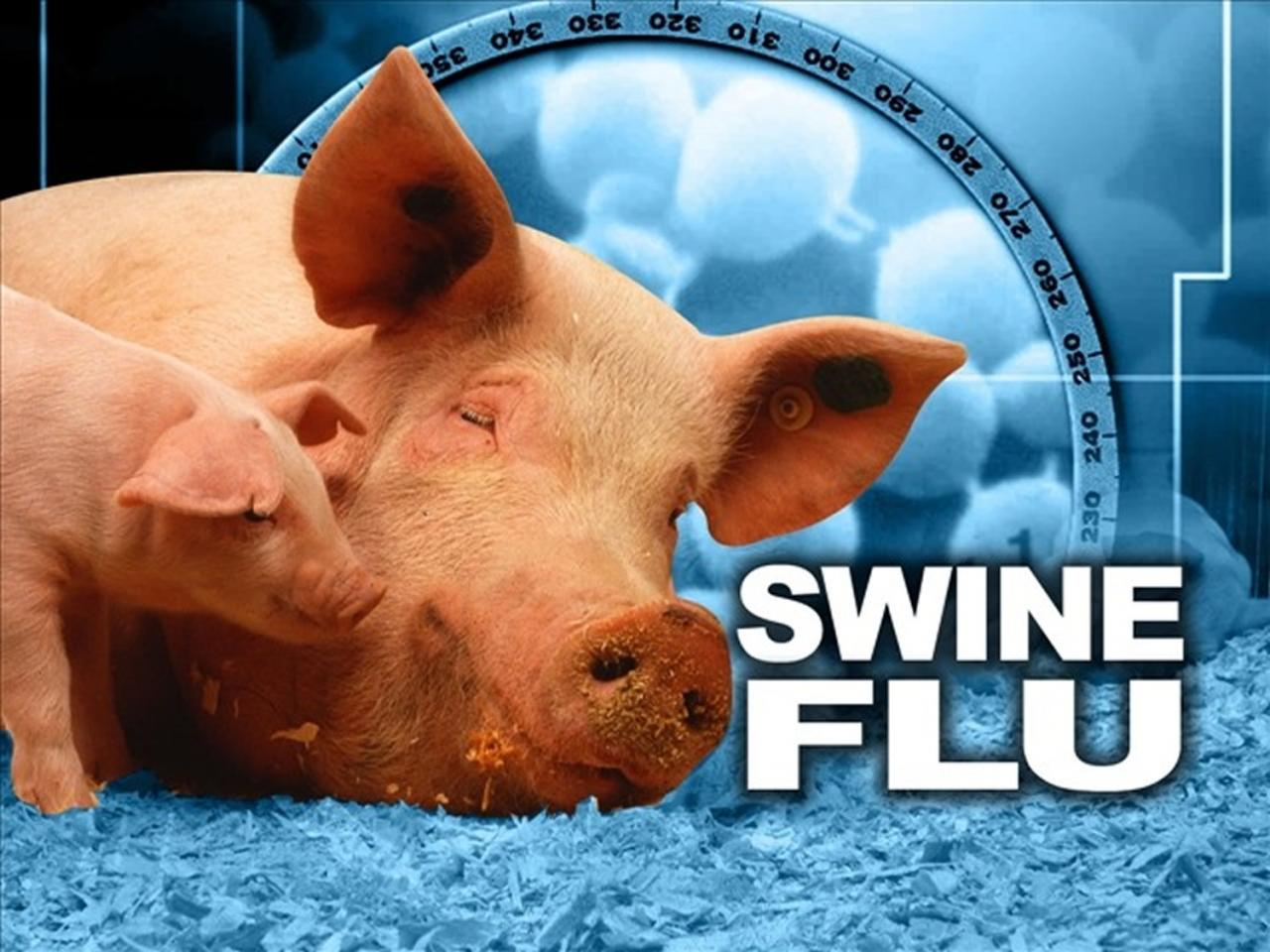
Swine flu, a highly contagious respiratory infection caused by influenza viruses, has garnered significant attention due to its potential impact on public health. This comprehensive guide delves into the definition, transmission, symptoms, diagnosis, treatment, prevention, and control of swine flu, providing readers with a thorough understanding of this important topic.
Emerging in pigs, swine flu has the ability to spread to humans through close contact with infected animals or contaminated surfaces. The virus can cause a range of symptoms, including fever, cough, sore throat, and muscle aches. Understanding the characteristics and transmission of swine flu is crucial for effective prevention and control measures.
Definition and Overview of Swine Flu
Swine flu, also known as swine influenza, is a respiratory disease caused by influenza viruses that typically infect pigs. It can occasionally spread to humans, resulting in flu-like symptoms. The virus is highly contagious and can be transmitted through contact with infected pigs or their bodily fluids.
Swine flu has been known to cause sporadic outbreaks in humans since the early 20th century, but it gained widespread attention during the 2009 H1N1 pandemic. The virus originated from a reassortment of genes from human, avian, and swine influenza viruses.
Transmission and Symptoms

Swine flu is primarily transmitted through direct contact with infected pigs or their respiratory secretions. It can also be transmitted through contact with contaminated surfaces or objects. Humans can also spread the virus to other humans through coughing or sneezing.
- Common symptoms:Fever, chills, cough, sore throat, runny nose, muscle aches, fatigue, headache, and nausea.
- Incubation period:1-4 days
- Duration:Typically 5-7 days
Diagnosis and Treatment: Swine Flu

Swine flu is diagnosed based on clinical symptoms and a history of exposure to pigs or infected individuals. Laboratory tests, such as PCR or antigen tests, can confirm the diagnosis.
Treatment for swine flu typically involves antiviral medications, such as oseltamivir (Tamiflu) or zanamivir (Relenza). These medications are most effective when started within 48 hours of symptom onset.
Prevention and Control

- Avoid contact with infected pigs:This includes staying away from pig farms or areas where pigs are present.
- Wash hands frequently:Use soap and water or alcohol-based hand sanitizer to prevent the spread of the virus.
- Cover coughs and sneezes:Use a tissue or your elbow to cover your mouth and nose when coughing or sneezing.
- Vaccination:Swine flu vaccines are available and recommended for individuals at high risk, such as healthcare workers and those with chronic health conditions.
In animal populations, control measures include vaccination, quarantine, and movement restrictions to prevent the spread of the virus.
Public Health Impact

Swine flu outbreaks can have significant public health implications, particularly during pandemics. The 2009 H1N1 pandemic resulted in an estimated 18,000-57,000 deaths worldwide.
Swine flu can also have economic and social impacts. Outbreaks can lead to disruptions in food production and supply chains, as well as increased healthcare costs and absenteeism from work and school.
Public awareness and education are crucial for preventing swine flu outbreaks. Individuals should be informed about the symptoms, transmission, and preventive measures to protect themselves and others.
Last Recap

In conclusion, swine flu poses a significant public health concern, requiring proactive measures to mitigate its impact. Vaccination, early diagnosis, and treatment are essential in combating the spread of the virus. Public awareness and education play a vital role in preventing outbreaks and ensuring the well-being of individuals and communities.





